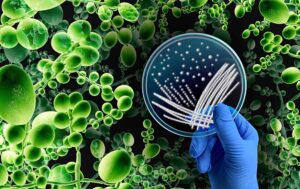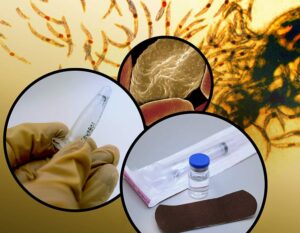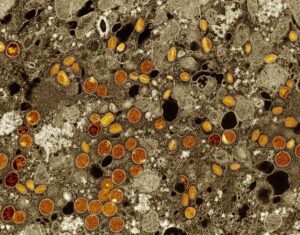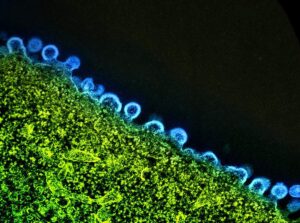“We found that in a large study of adults in the United Kingdom, estimated sodium intake based on a urine sample was associated with an 11 percent increase in the risk of eczema, and that more sodium was associated with more severe eczema,” says corresponding author Katrina Abuabara, MD, an associate professor of dermatology at the University of California in San Francisco, and dermatologist at UCSF Health in San Francisco.
Atopic Dermatitis Prevalence Is on the Rise
The number of people with atopic dermatitis has risen over the years, especially in industrialized countries, which may be related to environmental and lifestyle factors like diet, according to the authors.
High Sodium Intake Increased Atopic Dermatitis Risk
For the latest study, investigators started with data from over 215,000 people between the ages of 30 to 70 years old (the average age was 56) who had enrolled in the UK Biobank. A review of medical records and prescription codes revealed that almost 11,000 (5 percent) had atopic dermatitis.
By analyzing urine samples of all the participants in the study, researchers found that the average person excreted about 3 grams of sodium in a 24-hour period. Then they analyzed all the data to see if there was a relationship between sodium levels and atopic dermatitis.
The researchers discovered that each additional gram of sodium excreted over the average was associated with the following:
- 11 percent higher risk of having an atopic dermatitis diagnosis
- 16 percent higher risk of having atopic dermatitis currently
- 11 percent higher odds of increased severity of atopic dermatitis
Then, to confirm their results, investigators looked at 13,000 U.S. adults in the National Health and Nutrition Examination Survey and found that eating just one additional gram a day of sodium per day — about half a teaspoon of table salt — was associated with 22 percent higher risk that a person would have an active case of atopic dermatitis.
These findings suggest that what has been seen in laboratory studies is actually happening in the population: Sodium might promote the emergence of atopic dermatitis and exacerbate it, says Christina Zielinski, PhD, professor at the German Center for Infection Research at the Technical University of Munich.
“But it remained unclear how the salt gets there. In this new study, researchers show that patients with eczema have higher urinary sodium secretion, indicative of increased dietary salt intake,” says Zielinski.
This new study shows an association between salt intake and atopic dermatitis in the population, which suggests eating less salt may improve symptoms, she says.
That being said, this study only shows an association; it’s possible, she says, that a person might have high sodium levels in their skin no matter what they ate.
For example, a disrupted skin barrier might increase sodium accumulation by allowing too much water to evaporate from the skin and into the air.
More Research Is Needed to See if a Low Salt Diet Would Improve Atopic Dermatitis Symptoms
Still, the study establishes a relationship between atopic dermatitis, sodium urinary secretion, and the amount of sodium a person eats, which does suggest salt intake can impact skin, says Zielinski.
More research is needed to confirm that conclusion, she adds.
Dr. Abuabara agrees that limiting dietary sodium could potentially be a way for people with atopic dermatitis to manage their disease.
“Most Americans eat too much salt and can safely reduce their intake to recommended levels,” says Abuabara.
On an individual basis, a person could try to reduce their dietary sodium intake and see if it has an impact on their eczema, she says.
“It can definitely not harm and might potentially even help,” says Zielinski.













Post Comment